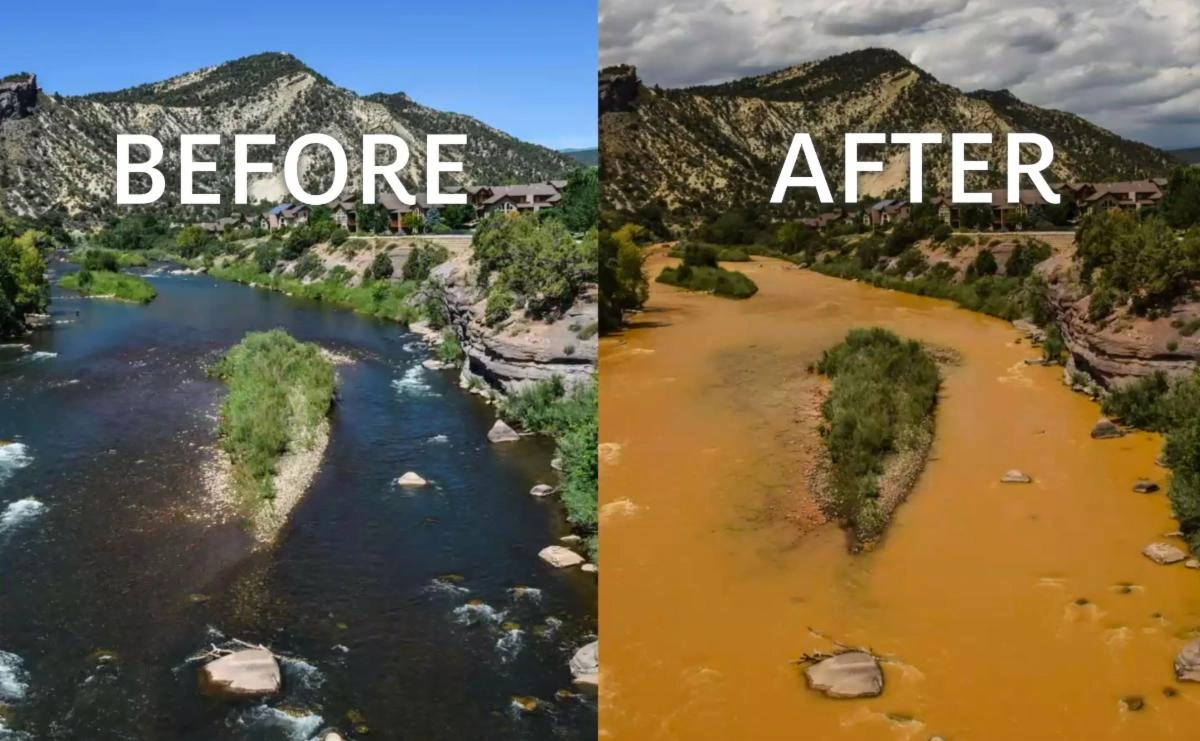November 13, 2020
Weekly Wave
,
8 vol.
,
no. 36
,
Water Resources Research Center
,
Tucson, AZ

I write this after participating in the American Water Resources Association (AWRA) annual conference, which was held November 9-11, 2020. Though delivered virtually, the highly engaging conference had all the richness and much of the structure of an in-person event in terms of schedule and sessions, as can be seen by visiting the conference website. Alongside the live plenary and featured panel sessions were topical sessions, which were a combination of pre-recorded presentations and live question and answer discussions. I congratulate the conference committee and staff for making the complex pivot to virtual delivery. As an AWRA board member, I contributed in a limited way: In addition to the interactive panel I organized on Wicked Water Problems, I recommended two University of Arizona (UArizona) colleagues, Dr. Diana Liverman and Dr. Karletta Chief, as speakers for two other panels. Now that the conference is over, I am struck by how our three distinct panels addressed some of the same fundamental issues of dialogue, process, and participation. However, before I address some key take-aways, I will offer comments on the conference experience itself and, given that I am involved in planning multiple conferences, invite you to share with me (smegdal@arizona.edu) some of your experiences with virtual conferences now that we are eight months into the COVID-19 pandemic.

